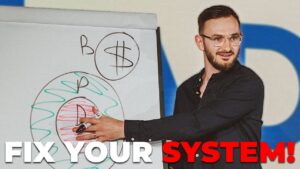Every successful business has one thing in common: a well-architected growth engine. This engine drives the transformation of strangers into paying customers, ultimately fueling the company’s profitability. However, creating this growth engine requires a deep understanding of both the customer journey and the marketing strategies that power it.
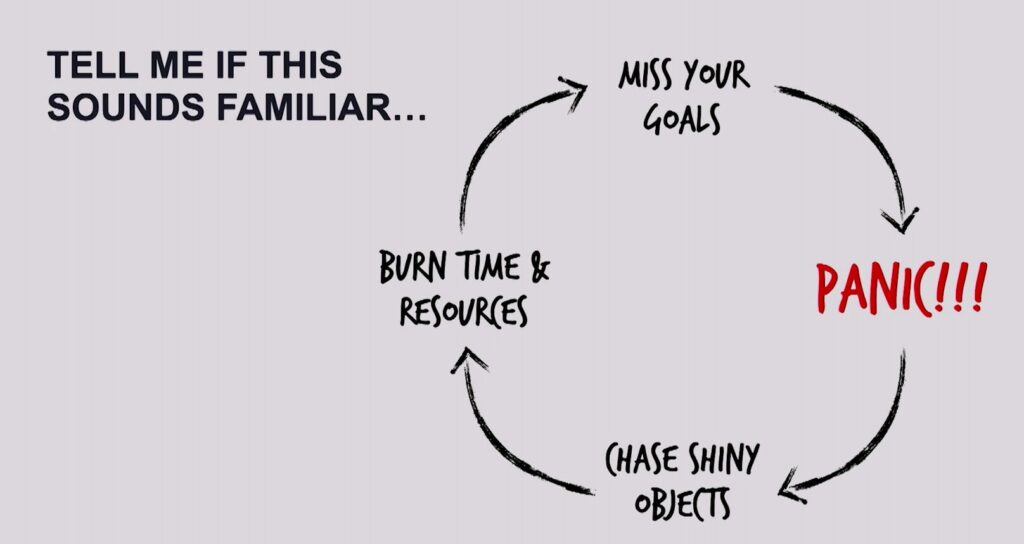
The Manufacturing Analogy
In essence, all businesses are in the manufacturing business. We may not all produce physical goods, but we are certainly in the business of manufacturing new customers and clients. Our raw materials are time and attention, and the finished product is a happy, successful client.
The Inventory: Time and Attention
Your inventory starts with capturing time and attention. This is where your marketing campaigns come into play, aiming to attract and engage potential customers.
The Finished Product: A Successful Client
The end goal of your growth engine is to convert this time and attention into a satisfied customer. This process requires careful planning, execution, and optimization.
Visualizing Your Growth Engine
One of the most crucial steps in building a successful growth engine is to visualize the entire customer acquisition process. This involves creating a clear, visual representation of how customers move through your funnel from initial awareness to final sale.
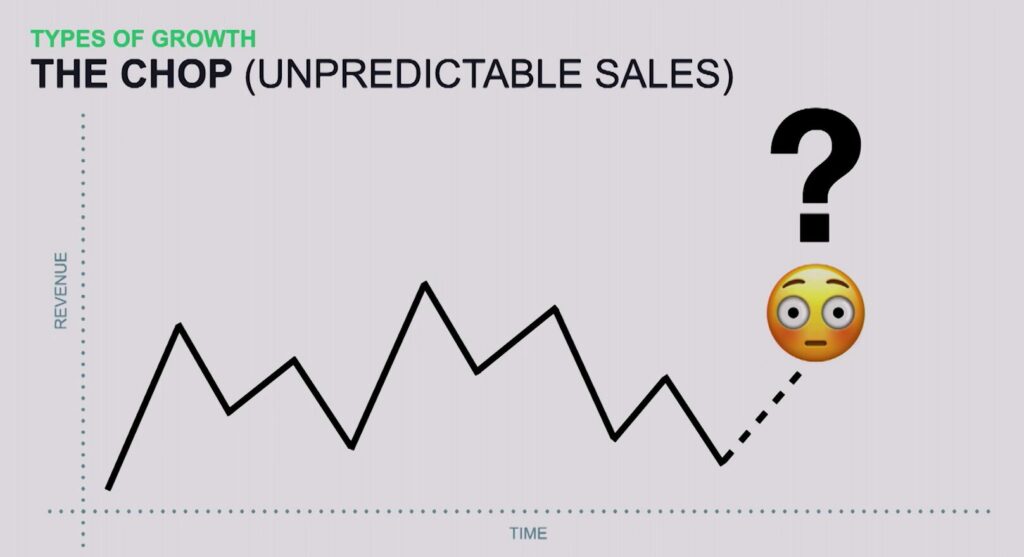
Map Your Growth Engine
Mapping your growth engine allows you to see each step of the customer journey. From the first moment a potential customer becomes aware of your brand to the final purchase decision, each touchpoint should be clearly defined.
Awareness Stage
At the awareness stage, your goal is to capture the attention of potential customers. This can be achieved through various marketing efforts, such as social media campaigns, content marketing, and paid advertising.
Consideration Stage
Once you have captured attention, the next step is to nurture these leads through the consideration stage. Here, you provide valuable information that helps potential customers evaluate your products or services.
Decision Stage
Finally, the decision stage is where the lead converts into a paying customer. This is achieved through targeted offers, personalized follow-ups, and a seamless sales process.
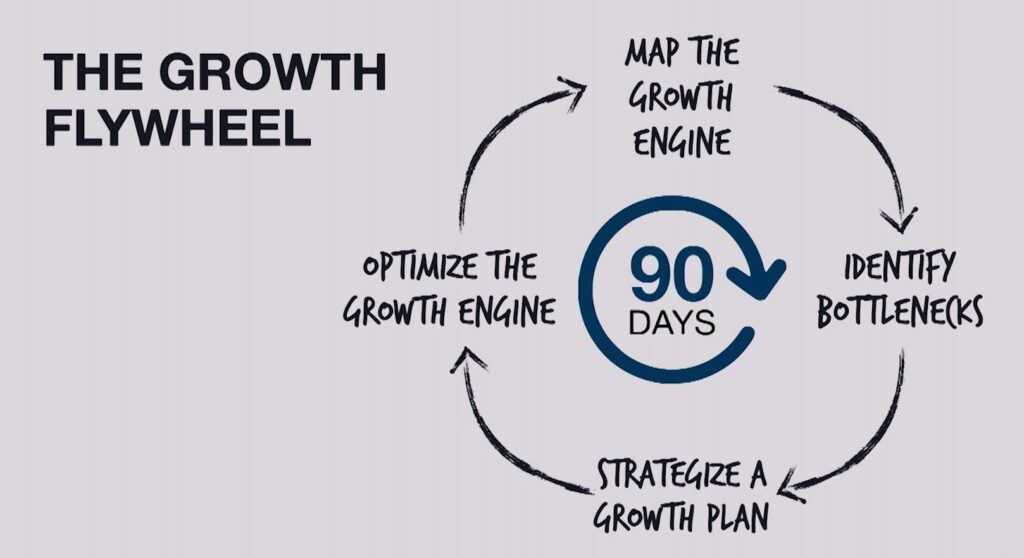
Identifying Bottlenecks
As you visualize your growth engine, it’s essential to identify any bottlenecks that may hinder the flow of potential customers through the funnel. These bottlenecks can occur at any stage of the journey and can significantly impact your conversion rates.
Common Bottlenecks
- Low Traffic: If you’re not attracting enough visitors, your growth engine can’t function effectively.
- High Bounce Rates: Visitors leaving your site quickly may indicate issues with your landing pages or content.
- Low Conversion Rates: If visitors aren’t converting into leads or customers, there may be problems with your offers or sales process.
Strategizing Your Growth Plan
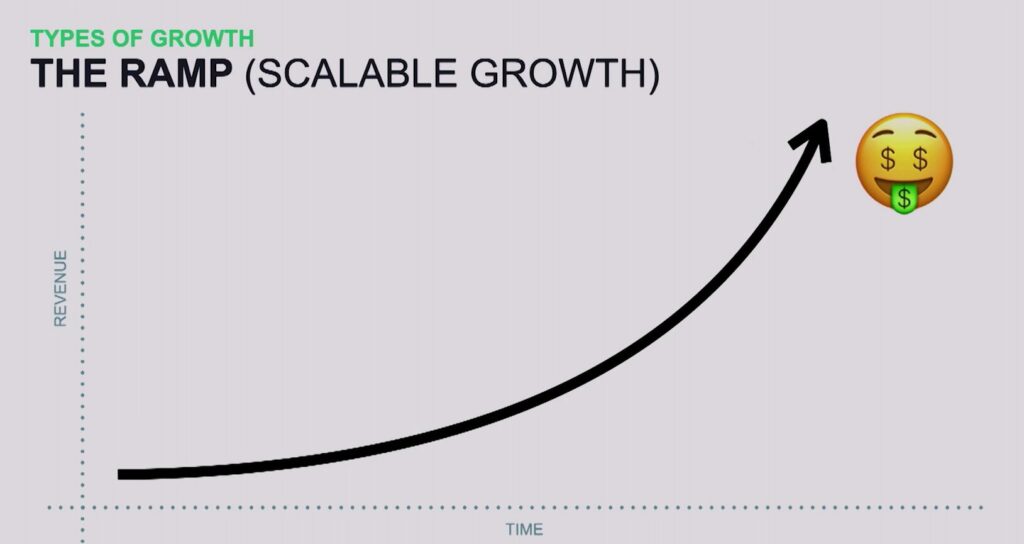
With a clear visualization of your growth engine and identified bottlenecks, the next step is to strategize your growth plan. This involves creating a roadmap that outlines the specific actions you’ll take to optimize each stage of the customer journey.
Setting Clear Goals
Start by setting clear, measurable goals for each stage of the funnel. These goals will guide your efforts and provide benchmarks for success.
Examples of Goals
Increase Awareness: Aim to grow your website traffic by 20% over the next quarter.
Improve Consideration: Increase the engagement rate of your email campaigns by 15%.
Boost Conversions: Raise your conversion rate from leads to customers by 10%.
Developing Tactics
Once you have your goals, develop specific tactics to achieve them. These tactics should be based on best practices and tailored to your unique business needs.
Examples of Tactics
Content Marketing: Create high-quality blog posts and videos that address your audience’s pain points.
Email Marketing: Design personalized email campaigns that nurture leads and encourage conversions.
Retargeting Ads: Use retargeting ads to re-engage visitors who have shown interest but haven’t yet converted.
Optimizing and Executing Your Growth Engine
With a strategic plan in place, the final step is to optimize and execute your growth engine. This involves continuously monitoring your performance, making data-driven adjustments, and scaling successful tactics.
Monitoring Performance
Regularly track your key performance indicators (KPIs) to ensure you’re on track to meet your goals. Use tools like Google Analytics, HubSpot, and Salesforce to gather and analyze data.
Key Metrics to Track
Website Traffic: Monitor the number of visitors to your site and their behavior.
Conversion Rates: Track the percentage of visitors who take desired actions, such as signing up for a newsletter or making a purchase.
Customer Acquisition Cost (CAC): Calculate the total cost of acquiring a new customer to ensure profitability.
Making Data-Driven Adjustments
Based on your performance data, make necessary adjustments to your tactics. This may involve tweaking your marketing messages, optimizing landing pages, or reallocating your budget to more effective channels.
Examples of Adjustments
A/B Testing: Conduct A/B tests on your landing pages and email campaigns to determine which versions perform better.
Content Optimization: Update and optimize existing content to improve its relevance and SEO performance.
Budget Reallocation: Shift your advertising budget to channels that yield higher ROI.
Scaling Successful Tactics
Once you’ve identified which tactics are most effective, focus on scaling them. This involves increasing your investment in successful strategies to drive even greater results.
Examples of Scaling
Expand Advertising Campaigns: Increase your spend on high-performing ad campaigns to reach a larger audience.
Replicate Content Success: Create more content around topics that have proven to generate high engagement and conversions.
Automate Processes: Implement marketing automation tools to streamline repetitive tasks and scale your efforts efficiently.
Conclusion
Building a growth engine that turns strangers into loyal customers is both an art and a science. By visualizing your customer acquisition process, identifying and addressing bottlenecks, strategizing a detailed growth plan, and continuously optimizing your tactics, you can create a powerful engine that drives sustainable, profitable growth for your business.
Successful companies don’t wing it—they meticulously plan, execute, and refine their strategies. By following the steps outlined in this guide, you’ll be well on your way to architecting a growth engine that consistently delivers results.
BUT
Are you overwhelmed by a sea of projects and struggling to maintain your focus? It’s time to force focus and prioritize impact over activity. take a competitive advantage for your business by managing your team’s capacity for new projects without sacrificing existing obligations.
But here’s the reality: this path presents three options for your business direction:
- Do Nothing: Stay where you are, with the same struggles and limited growth.
- Do It Yourself: Take on the challenge alone, risking burnout and missed opportunities.
- Do It with Us: Partner with experts who can guide you through the process, ensuring success and growth.
Don’t Do It Alone!
Partner with Us to maximize your team’s potential and drive impactful results. Our tailored solutions help you focus on what truly matters, cutting through the noise and achieving your business goals efficiently.
Why Choose Us?
Expert Guidance: Leverage our expertise to navigate complex projects.
Proven Strategies: Implement strategies that prioritize impact and efficiency.
Supportive Partnership: Receive ongoing support to ensure continuous growth.
Take Action Now!
Transform your business today! Don’t let indecision hold you back. Choose the path to success with our expert team by your side.
Click here to schedule a consultation and start your journey to impactful growth.





